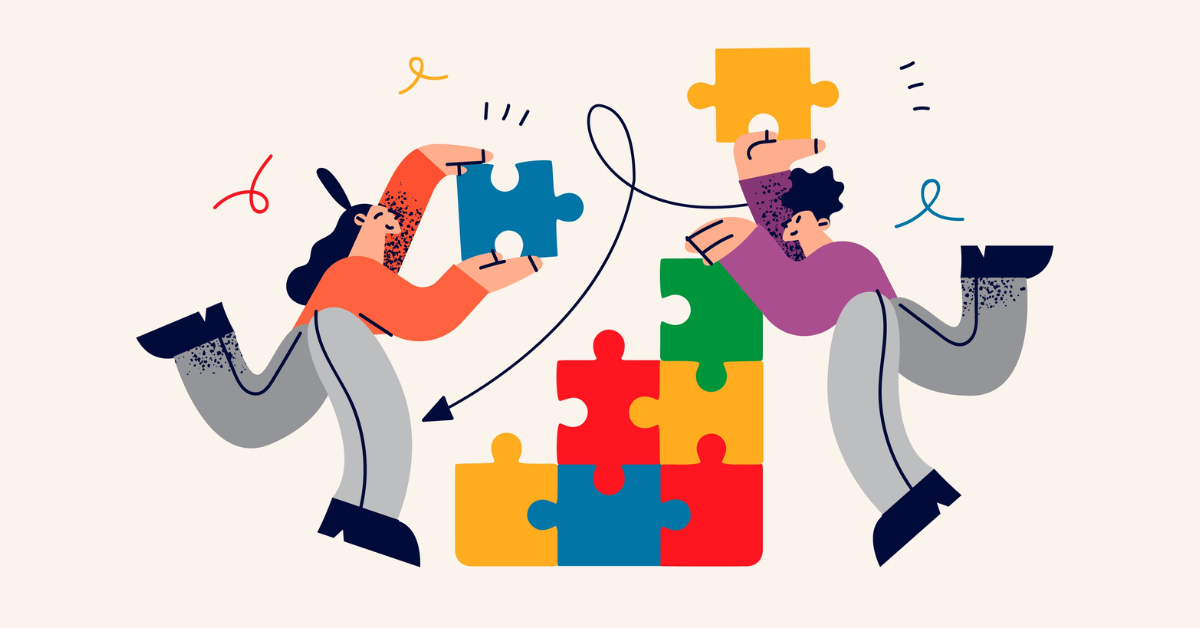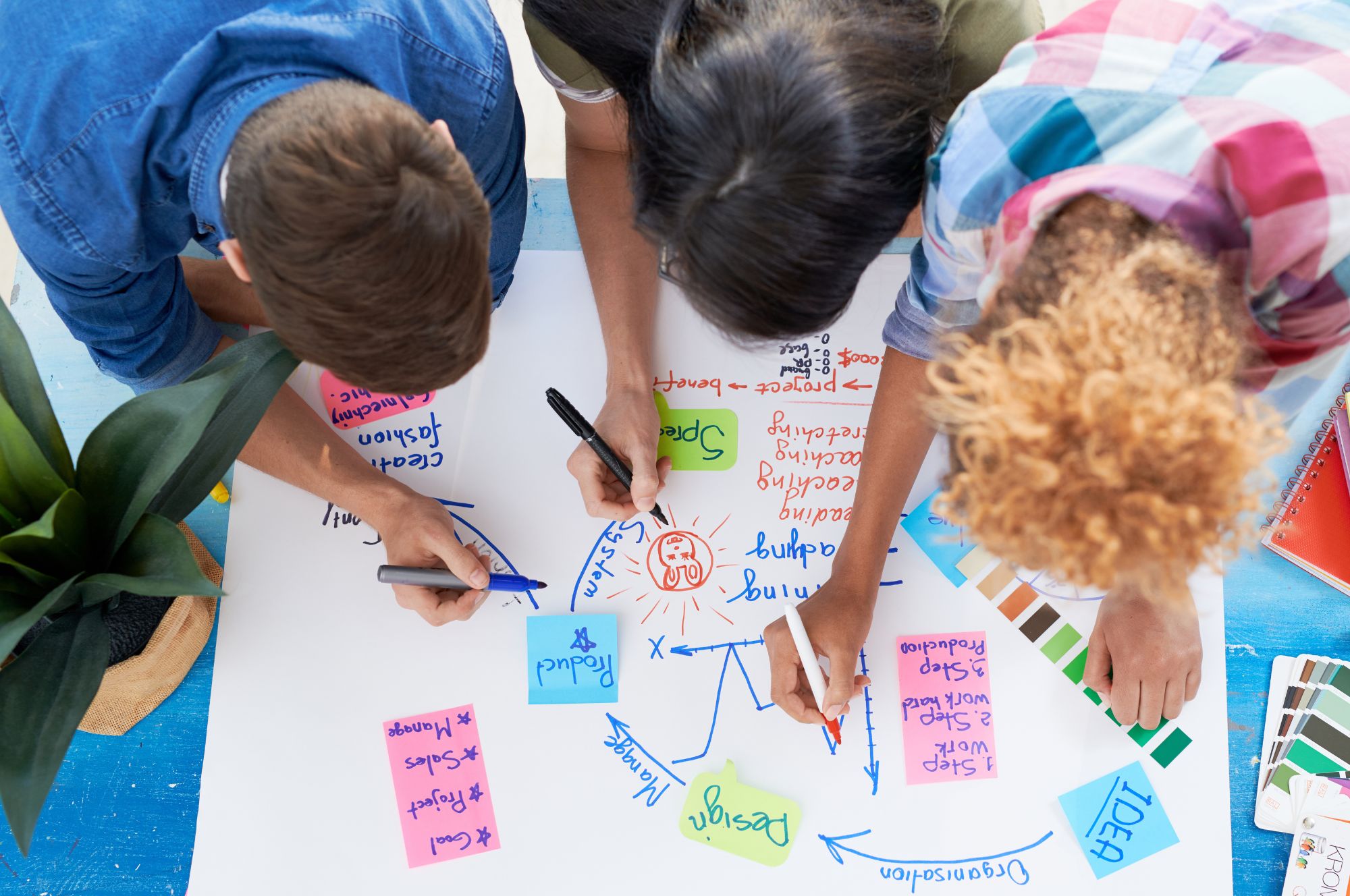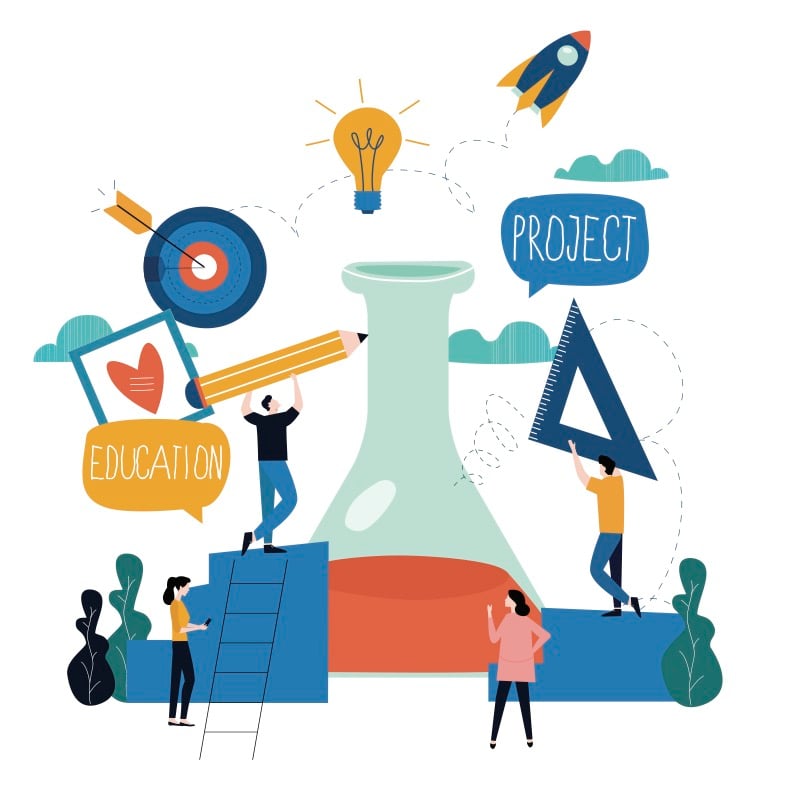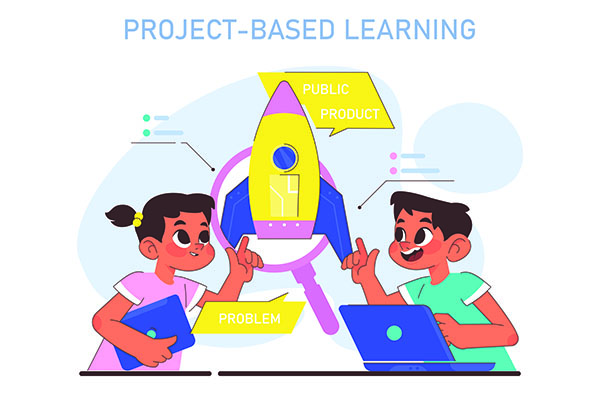In today’s dynamic educational landscape, traditional teaching methods often fall short in preparing students for real-world challenges.
That’s where project based learning steps in—a student-centered approach that promotes active inquiry, creativity, collaboration, and deeper understanding of academic concepts.
Unlike conventional rote learning, project based learning allows students to learn by doing, making education more relevant, meaningful, and lasting.
At institutions like Shigally Hill International Academy Dehradun, educators are integrating this transformative approach into classrooms to foster independent thinking and lifelong learning.
One notable example is seen in a girls school in Dehradun, where project based learning is enabling students to engage with real-world problems and come up with innovative solutions through teamwork and research.
What is Project Based Learning?

Project based learning (PBL) is an instructional strategy where students explore a real-world problem or challenge over an extended period.
They engage in research, planning, problem-solving, and ultimately create a product or presentation that showcases their understanding. The focus is on applying knowledge rather than just acquiring it.
PBL encourages students to take ownership of their learning by allowing them to ask questions, investigate answers, and reflect on their progress.
This inquiry-driven model helps them develop not only academic skills but also emotional intelligence, leadership, and critical thinking.
Why Project Based Learning Matters for School Children

Today’s students need more than textbook knowledge to thrive—they need to be adaptable, creative, and collaborative. Here’s why project based learning is particularly impactful for school children:
- Boosts Engagement: Children are naturally curious. PBL taps into this curiosity by allowing them to explore topics they care about, making learning exciting and engaging.
- Promotes Deep Learning: Through sustained inquiry and real-life application, students develop a deeper understanding of concepts rather than just memorizing facts for exams.
- Builds 21st Century Skills: Collaboration, communication, and problem-solving are all part of PBL, equipping students with skills they will use throughout their lives.
- Encourages Ownership and Accountability: When students manage their own projects, they learn to set goals, meet deadlines, and evaluate their own progress—fostering responsibility.
Filling the Gaps Left by Traditional Education

Many traditional classroom models focus on passive learning—listening, memorizing, and regurgitating. Unfortunately, this leaves students ill-equipped for dynamic real-world situations that require flexibility and critical judgment.
Project based learning fills this gap by simulating real-world scenarios in a classroom setting.
For example, instead of simply learning about environmental pollution, students might be tasked with designing a campaign to reduce plastic use in their community. Such projects don’t just teach facts—they inspire action and problem-solving.
Moreover, PBL nurtures intrinsic motivation. When students care about the problem they’re solving, they become more invested in their education, leading to higher academic achievement and personal growth.
Real Classroom Impact: How PBL Works in Practice

In a project based learning classroom, students may work individually or in groups to tackle challenges like:
- Designing an eco-friendly school garden
- Creating digital storytelling projects on local history
- Simulating mock debates on current affairs
- Engineering prototypes to solve everyday problems
These tasks align academic learning with personal interests and community engagement.
With teacher guidance, students learn to ask relevant questions, gather data, collaborate with peers, and present their findings—skills that mirror real-life problem solving.
One Approach, Many Benefits
When implemented well, project based learning can transform the classroom into a space of exploration, empathy, and empowerment. Students are no longer passive recipients of knowledge; they become active participants in constructing it.
Schools that embrace PBL also report improved student confidence, reduced classroom anxiety, and better peer relationships.
By allowing students to reflect, revise, and present their work, PBL reinforces the growth mindset—encouraging them to view challenges as opportunities to learn and improve.
Conclusion
As education continues to evolve, project based learning offers a powerful alternative to outdated, lecture-based teaching.
It prepares students not just for tests, but for life—empowering them with the tools to think critically, work collaboratively, and solve meaningful problems.
At Shigally Hill International Academy Dehradun, this approach is not just a trend but a commitment—to raising thoughtful, capable individuals who are ready to thrive in a complex world.



